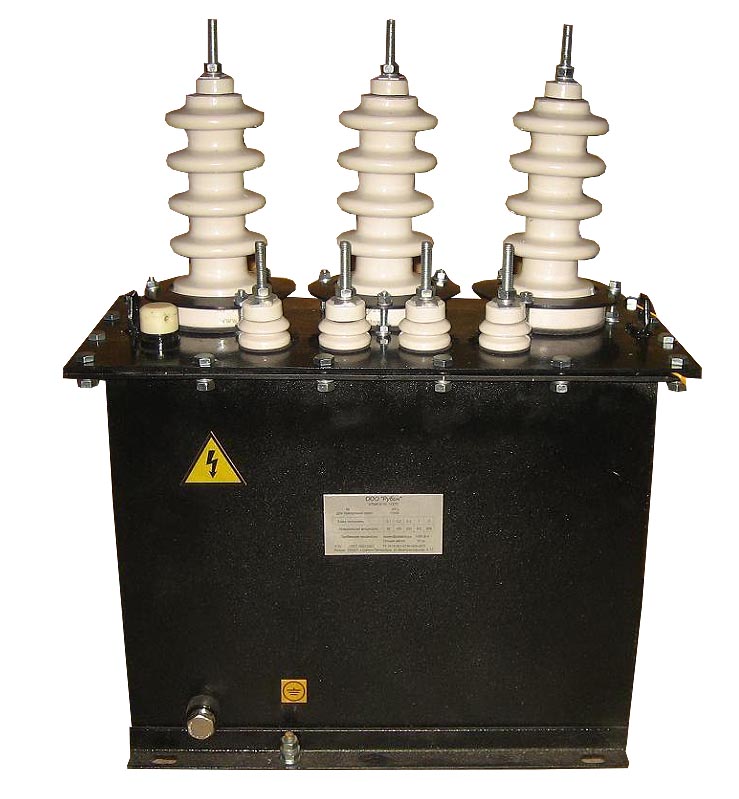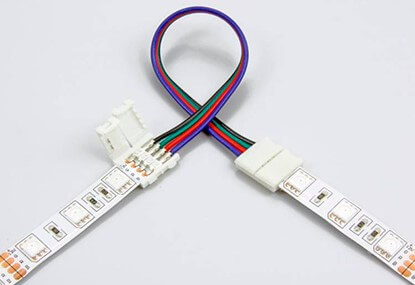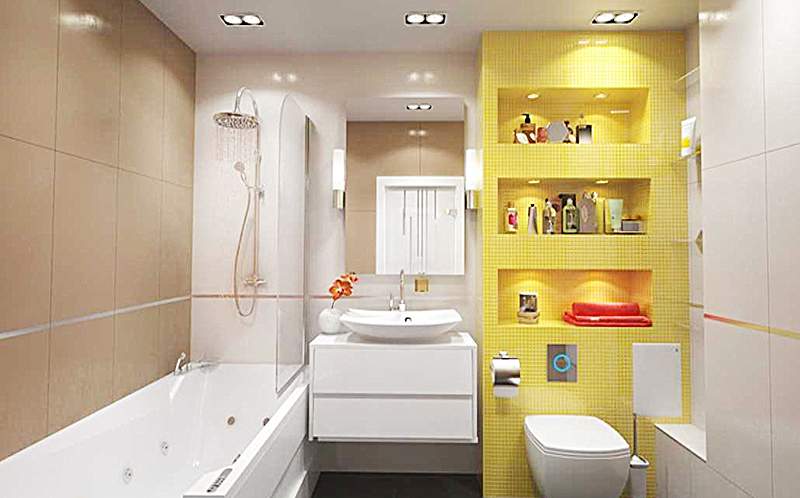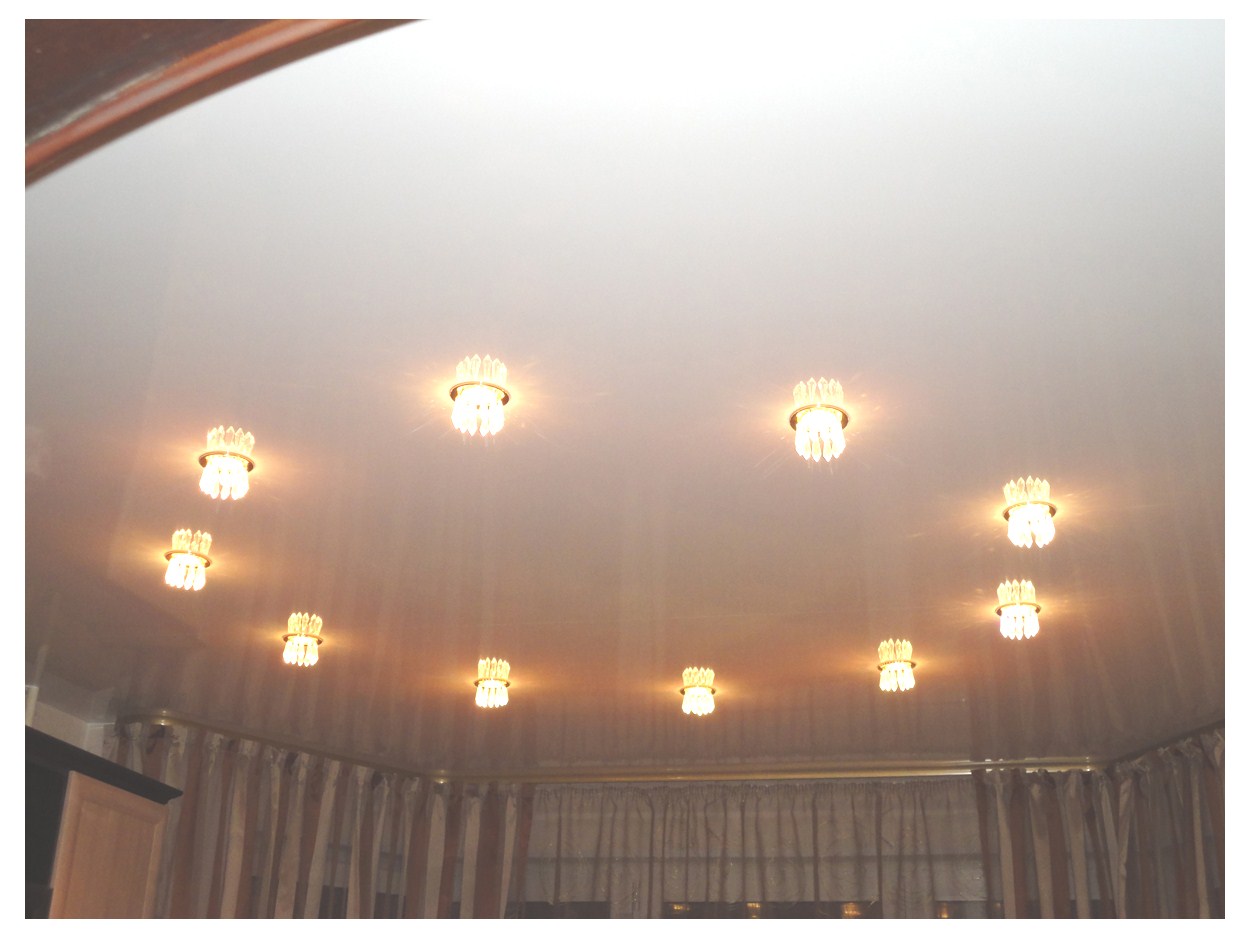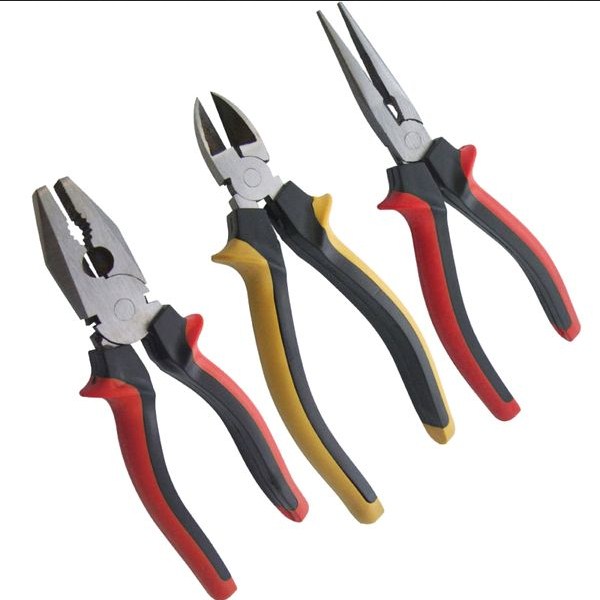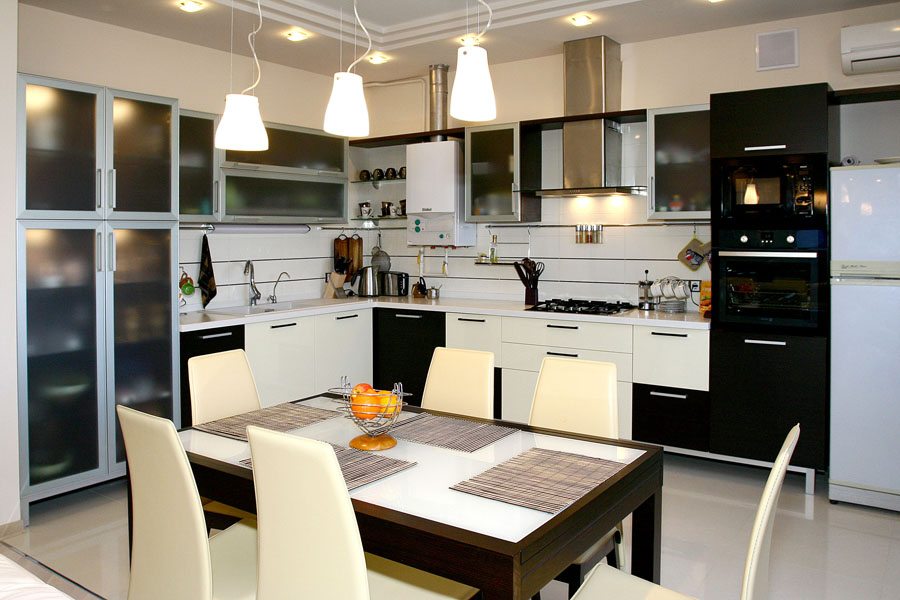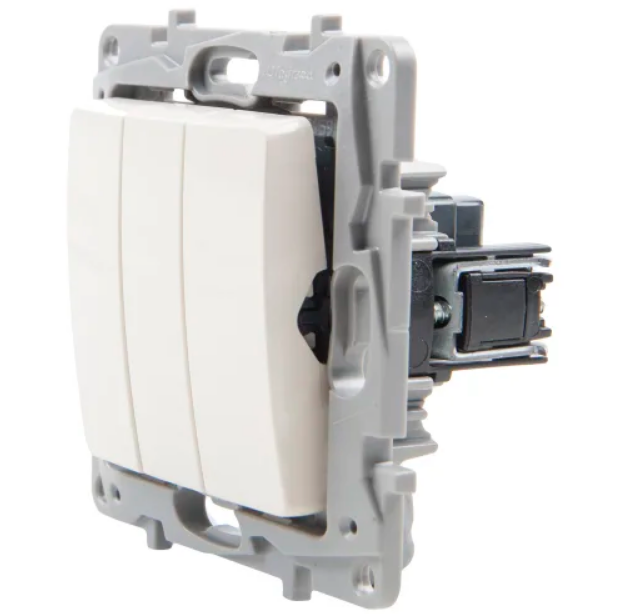Among the majority of lighting elements, 12 Volt light-emitting diodes (LEDs) have gained particular popularity. Small bulbs consume a minimum of electricity. At the same time, they give a wide range of lighting colors and serve up to 40,000 hours.
Features of connecting LED bulbs

The scope of application of LEDs is quite wide - from the production of TV equipment to backlights in residential and commercial premises. However, not every craftsman knows how to connect small lamps. All distinguish three methods of LED mounting:
- consistent;
- parallel;
- combined.
In addition, the LED lamp can be connected to a 220 volt network. The connection is in any case carried out only to direct current sources.
Connection principles
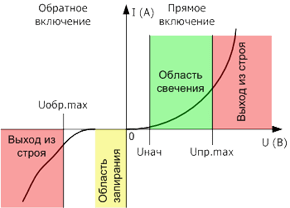
To install LED lamps, there are several important principles that should be followed:
- It is important to observe the polarity when connecting the LED. Otherwise, it will fail faster or will not glow at all.
- The location of the anode and cathode is indicated on the lamp base in the form of notches, green dots.
- It is forbidden to sequentially mount lamps of different colors in one line and on one resistor. This affects their performance and, in principle, the glow.
- Polarity information can be found in the LED technical documentation.
For every 12 V, a maximum of 6 LEDs can be connected.
Types of power supplies
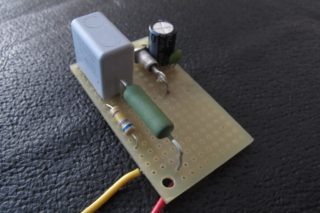
Each 12V LED should only be connected to a power source of the same voltage. Moreover, the MT must have a stabilized output current. The easiest and most desirable way to connect the LED to these 12 V power supplies is:
- Transformerless power supplies (power supplies). They have a current setting resistor at the output and a quenching capacitor. But such power supplies lack stabilizing protection. This greatly affects the duration of the light bulbs during voltage surges.
- Car battery. If you connect the LED to a battery, you need to choose a resistor in terms of power and resistance.
- Unstabilized PSUs. Their main components are a capacitor, a rectifier and a step-down transformer. Such power supplies are relevant for objects with a stable voltage.
- Switching power supplies. Take a computer power supply as an example. If the user will not be disturbed by the noise of coolers, you can use it.
The cost of a new 12 Volt power supply depends on the version (the presence of a case or its absence) and on the power, calculated in watts.
How to determine the polarity of an LED
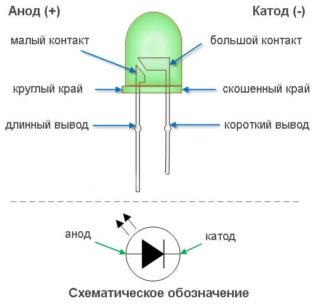
All 12 volt LEDs (white, red, blue and other colors) have an anode and a cathode (polarity). They must be taken into account when connecting LEDs. You can determine the polarity in one of the following ways:
- By design. One of the legs on the base of the light bulb is always several mm longer. This is the anode. It is marked with a "+" sign or a green dot.
- Bowl inside the flask. If you look closely, you can see two crystals on it. The larger one indicates the cathode. The smaller one is the anode.
- Using a multimeter. To do this, the device must be set to the “Callback” mode. Then the probes of the apparatus are brought to the cathode and anode. To the first - black, to the second - red.When positioned correctly, the light should be on. If this did not happen, then the wizard has incorrectly defined "+" and "-". It is necessary to change the position of the probes. If this does not help, the LED is simply faulty.
Sometimes the masters determine the polarity of the LED using a battery. But this is painstaking. Better to use the above methods.
Ways to connect LEDs to 12 volt power supplies
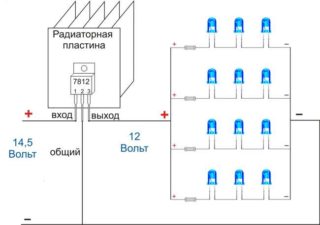
To connect the LED to 12 volts, if its voltage is only 3V, you will have to compensate for the excess of 9 volts through a resistor or zener diode (which is ineffective), or connect the ice of the lamp in series three at a time.
Red and yellow LEDs can be connected five at a time, since the voltage drop is below 2.2 Volts.
Before calculating the resistor, you need to find out the operating voltage of each light bulb. It is measured independently or information is found out from technical documentation.
12V LEDs are connected only through a stabilizer. When it comes to connecting a tape of lamps in a power supply, it is important to know that they have a limiting resistor designed for each group of several LEDs.
Serial connection
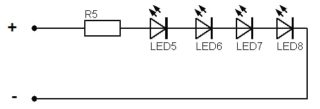
If the master connects a 12 Volt LED in a daisy chain, the lamps are assembled in a chain. In this case, the cathode of each previous element is soldered to the anode of each next one.
With this assembly scheme, a current of 20 mA passes through all the bulbs. The voltage level here also consists of the sums of the voltage drop across each of them. Thus, it is forbidden to connect an arbitrary number of bulbs in one circuit.
If you need to connect a large number of LED lamps in series, you need to take a power source with high voltage and power ratings.
The disadvantages of a serial connection include:
- Failure of the entire light chain when one element breaks.
- The need to purchase a more powerful IP when installing a large number of lamps.
As an example of a serial connection, consider a standard Christmas tree garland. If one element breaks down, the whole thing stops working. Therefore, you need to find the lost contact and re-solder it.
Algorithm of actions
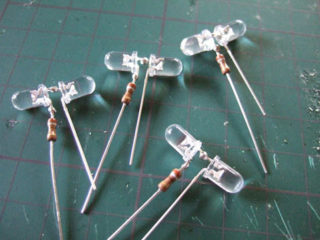
To connect an LED to 12V DC, you need to learn the basic algorithm of actions:
- Determine the type of power supply, find out its output voltage and, in general, operability.
- Reveals LED rated current, power consumption and voltage.
- Determine the possibility of connecting LEDs to the power supply unit according to the available parameters.
- Light bulbs are connected and soldered in compliance with polarity. The resistor is placed on any part of the chain.
After completion of work, contacts are carefully isolated.
How many LEDs can be connected to 12 volts
To find out how many LEDs can be connected to 12 V, it is necessary to divide Upit by Upad. Or it is allowed to proceed from an average value of 2 Volts per bulb. Thus, for every 12 V, it is allowed to mount no more than 6 LEDs. If we take into account that some part of the voltage (about 2 V) must necessarily go to the damping resistor, the number of diodes will decrease by one.
The voltage of the LED is not always equal to 2 V. In addition, when connecting and connecting the ICE, it is worth considering the shade of the light bulb and its brightness. To determine the exact number of lamps for one power supply unit of twelve volts, you can use a special program.
Common mistakes
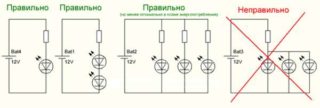
Craftsmen often make mistakes when installing LEDs. The most relevant ones are:
- Connecting bulbs directly without a resistor. In this case, the diodes simply burn out.
- Parallel connection with one resistor. Such an error threatens the gradual failure of all bulbs. After all, everyone has their own working current.
- Incorrectly sized resistor. In this case, too much current flows through the bulbs, which again leads to their combustion. If the resistance is high, the elements will not glow brightly enough.
- Making a series connection with different consumption currents. Two options are possible here - the lamps will glow with different intensity of brightness, or those that are designed for a lower current will burn out.
- Connecting ice lamps to a 220 alternating current network without using a diode or other protective components. A voltage of 315 V is supplied to the light bulb, which instantly leads to its combustion.
If you take these errors into account and connect the LEDs correctly, the decorative lighting that the master decided to build in at home will work for a long time and properly.


